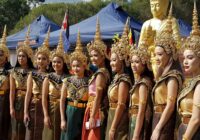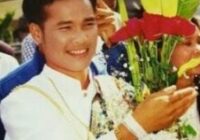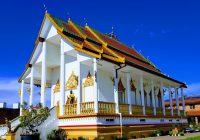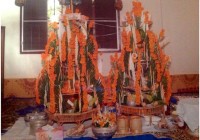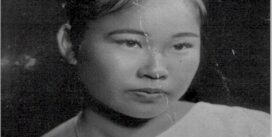LUMVONG: CULTURAL HERITAGE
Lao Lumvong – A Symbol of Lao Culture and Unity
Lao Lumvong is a traditional circle dance central to Lao culture, performed during festivals, weddings, and community events. Dancers move gracefully in a circle to traditional music, often accompanied by instruments like the *khene* (bamboo mouth organ). The dance symbolizes unity, harmony, and the cyclical nature of life, reflecting Lao values of community and spirituality.
Rooted in ancient traditions, Lumvong preserves Lao heritage and fosters social cohesion. It is performed by people of all ages during celebrations like Lao New Year (Pi Mai Lao) and the Rocket Festival (Boun Bang Fai). Inscribed in 2024 on the Representative List of the Intangible Cultural Heritage of Humanity, Lumvong remains a cherished part of Lao identity, showcasing the nation’s rich cultural legacy and bringing people together in celebration.
Read More